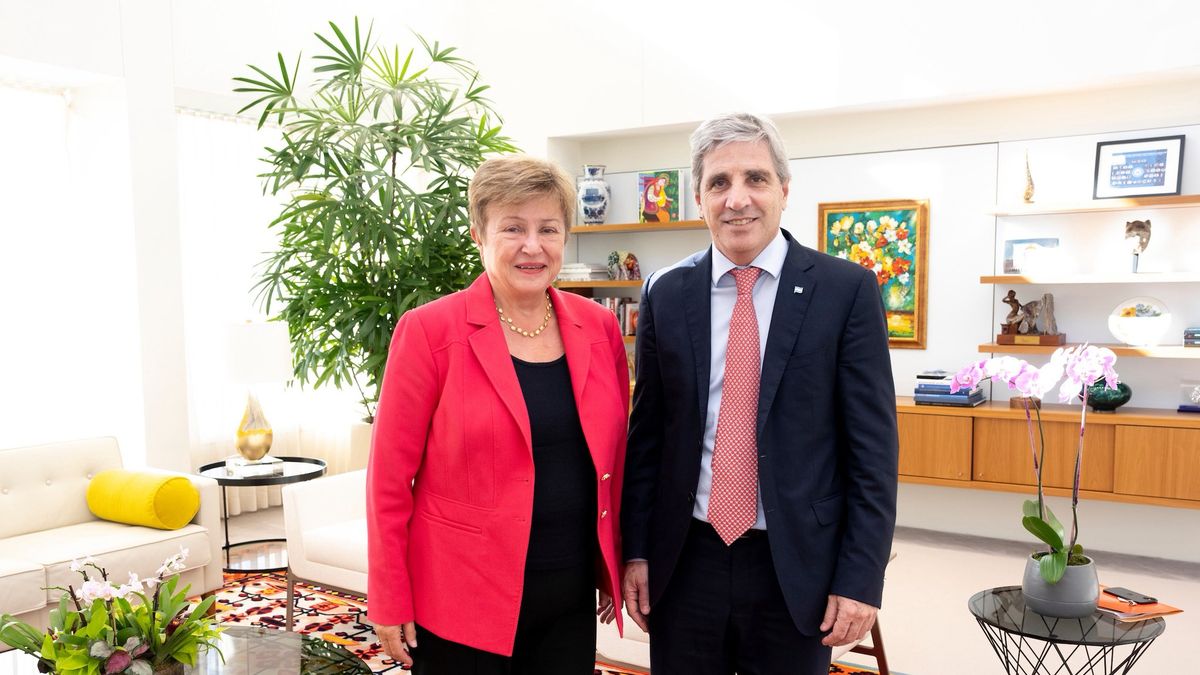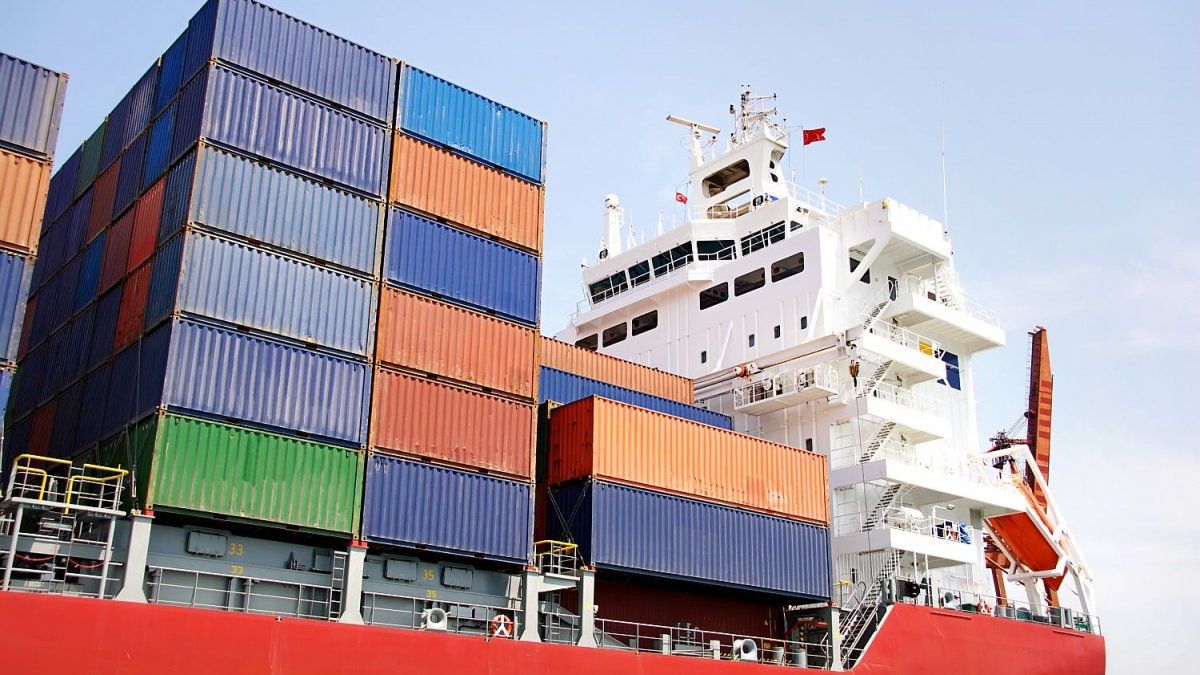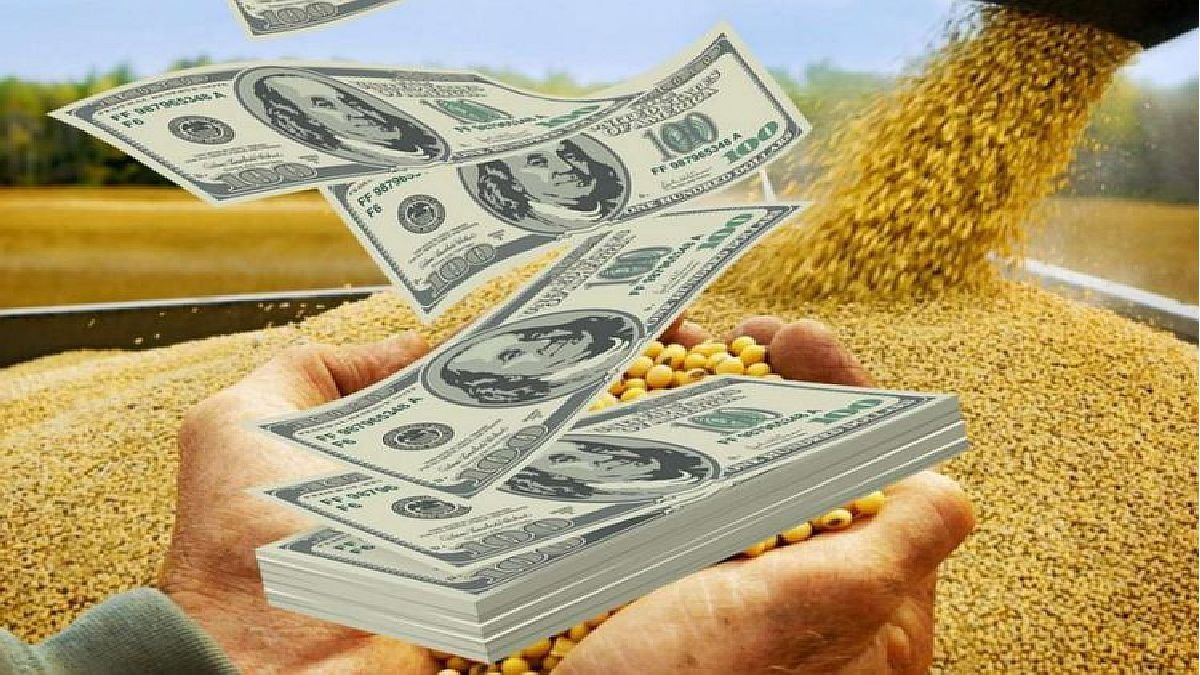Image: Apa
This is the lowest level since January 2022, Statistics Austria General Director Tobias Thomas said in a statement from the authority. Compared to the previous month, there is a price increase of 0.3 percent. The increase in the harmonized consumer price index is 4.9 percent and 0.4 percent compared to the previous month. “This is mainly due to the prices for food and furniture, which rose significantly a year ago and are now driving inflation far less strongly,” said Thomas. “In addition, fuel is significantly cheaper compared to October of the previous year.”
The federal government sees its policy confirmed by the development of the inflation rate: Finance Minister Magnus Brunner (ÖVP) referred in a press release to “the combination of aid to support purchasing power and targeted price and cost reduction measures for electricity as well as structural relief such as the abolition of cold progression and the valorization of social and family benefits”. These ensure – according to the minister – “despite all the challenges that life remains affordable for people.”
“The Austrian middle ground is having an impact and was the right thing to do: we preserved purchasing power, provided targeted support where it was necessary and relieved people of the burden in this difficult phase,” noted Chancellor Karl Nehammer (ÖVP) in a statement. “This is exactly what we need to continue to do so that the positive development continues and the severity of inflation can continue to be combated.”
“It can be assumed that falling inflation in combination with a targeted economic stimulus will lead to positive economic dynamics in 2024,” said Economics Minister Martin Kocher (ÖVP) in a press release. “However, geopolitical risks still exist due to possible negative effects of military conflicts on important raw material prices,” the minister noted.
more from economics




